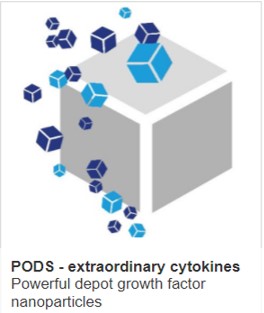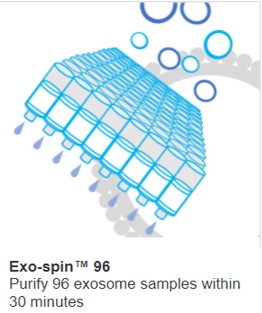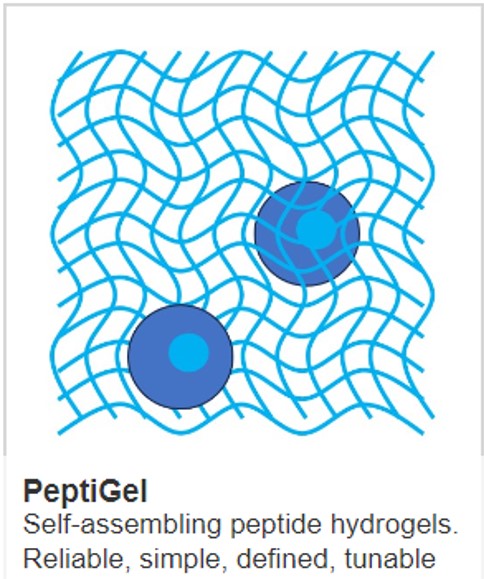Hard luck: matrix stiffness and prostate cancer

A recent study by a group from the University of Eastern Finland explores the relationship between extracellular matrix (ECM) stiffness and prostate cancer progression, particularly focusing on how varying stiffness levels influence androgen receptor (AR) function and gene expression. The stiffness of ECM in prostate cancer increases as the disease progresses.
The question is whether this is just correlation or causation? This in vitro study, which uses Matrigen Softwell plates of different elasticity, showed that increased ECM stiffness actually causes the upregulation of genes associated with aggressive cancer, and likely contributes to lower overall survival rates in stiffer cancers. In contrast, softer ECM conditions promote the expression of androgen response genes and enhance chromatin accessibility, making these genes more transcriptionally active. Androgens are used as a therapy to treat prostate cancer and responsiveness is associated with earlier stages of the disease.
The study monitored gene expression utilizing ATAC-seq and RNA sequencing. They demonstrated that the cellular response to ECM stiffness is reversible, indicating that changes in the tumor microenvironment can reverse cancer behavior.
Matrix stiffness and chromatin assembly
The more open chromatin is, the more accessible the genes become to transcription factors. The study showed that chromatin accessibility and androgen receptor expression in prostate cancer cells, particularly LNCaP and C4-2B cell lines, is significantly influenced by the substrate on which they are grown. When comparing cells grown on Softwell hydrogels (soft 0.5 kPa and stiff 50 kPa) to those grown on plastic, the researchers found:
- Increased chromatin openness on soft hydrogels: When cells are cultured on soft 0.5 kPa hydrogels, there was a notable increase in chromatin accessibility, particularly in the promoter and enhancer regions of androgen (e.g. estrogen and progesterone) response genes. This enhanced openness correlates with higher transcriptional activity, allowing for increased expression of genes regulated by the androgen receptor (AR).
- Stiff hydrogels: While growing on stiffer hydrogels (50 kPa) increases chromatin accessibility compared to plastic, the levels of accessibility are generally lower than those observed on the soft 0.5 kPa hydrogels.
- Plastic: In contrast, cells grown on plastic (1-3 GPa) substrates show reduced chromatin accessibility. The analysis indicates that the chromatin remains less accessible for transcription, particularly for androgen response genes, when compared to those grown on softer hydrogels.
Overall, the results demonstrate that softer matrix conditions facilitate greater chromatin accessibility in prostate cancer cells, which is associated with an increased expression of androgen response genes. This suggests that the mechanical properties of the ECM play a crucial role in regulating gene expression and potentially influencing cancer progression.
The results highlight the importance of correctly modelling substrate elasticity to generate relevant disease models. It also supports the development of therapies specifically targeted to reduce matrix stiffness in prostate cancers as a way of slowing advance. Using ultrasound or inhibiting matrix metalloproteinases which are important in remodelling cancer may be beneficial when used in combination with androgen therapy in otherwise androgen non-responsive cancers.
IMAGE Matrix stiffness changes chromatin conformation and gene expression. CREDIT Kaarijarvi et al



